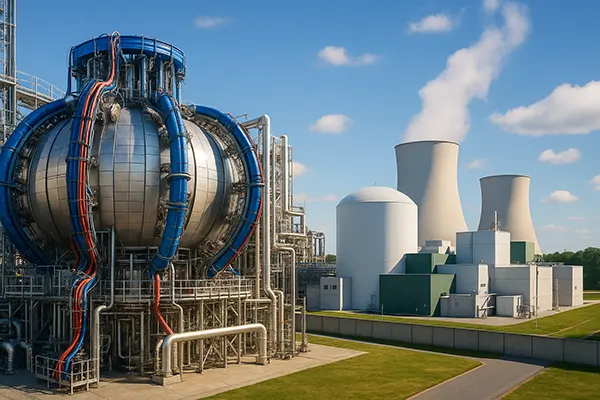Artificial Intelligence Trends in Cybersecurity

The landscape of cybersecurity is rapidly evolving, driven by the relentless emergence of new technologies. These advancements offer both formidable tools for defense and novel challenges. This article delves into the critical technologies shaping the future of cybersecurity, exploring how they redefine our approach to digital threats and data security.
Artificial Intelligence (AI) has become a cornerstone in the fight against cyber threats. AI-driven systems can analyze vast quantities of data, identify patterns, and predict potential breaches before they occur. This proactive stance is crucial in a digital age where threats evolve faster than traditional security measures can keep up. AI’s ability to learn and adapt makes it an invaluable ally in detecting anomalies that could signify a cyber-attack.
Threat Detection and Response
The rapid detection and response to threats is a critical component of modern cybersecurity. AI and machine learning algorithms play a pivotal role here, offering real-time analysis and swift reaction to potential threats. These systems can sift through the noise of everyday network activity to pinpoint suspicious behavior, significantly reducing the time between breach detection and response.
Zero Trust Architecture
The concept of “never trust, always verify” underpins the zero-trust architecture. In this model, every user and device is treated as a potential threat, regardless of their location or status within the network. This approach minimizes the risk of internal threats and limits the damage that can be caused by compromised credentials. Implementing a zero-trust framework involves rigorous identity verification, least-privilege access, and continuous monitoring of network activity. This can help gambling projects like druckgluck casino with security, minimizing the possibility of fraud.

AI in Data Backup and Recovery
Data backup and recovery are vital components of cybersecurity, and AI enhances these processes. AI algorithms can optimize backup schedules, predict potential system failures, and facilitate rapid data recovery. This ensures minimal downtime and data loss in the event of a cyber incident.
Rise of Hostile AI
As AI becomes more sophisticated, so do the threats it poses. Hostile AI refers to AI systems used for malicious purposes, such as crafting sophisticated phishing attacks or automating hacking processes. This development calls for a new breed of AI-driven security measures capable of combating AI-enhanced cyber threats.
Ensuring Data Security
At the heart of cybersecurity is the imperative to protect data. Emerging technologies must prioritize data security, ensuring that personal and corporate information remains confidential and intact. This involves encryption, secure data storage solutions, and policies that govern data access and usage.
The future of cybersecurity is an arms race between evolving digital threats and the technologies developed to counteract them. Mastering these new technologies and understanding their implications is critical for both individuals and organizations like Druckgluck casino to stay ahead of the curve in the cybersecurity game.







